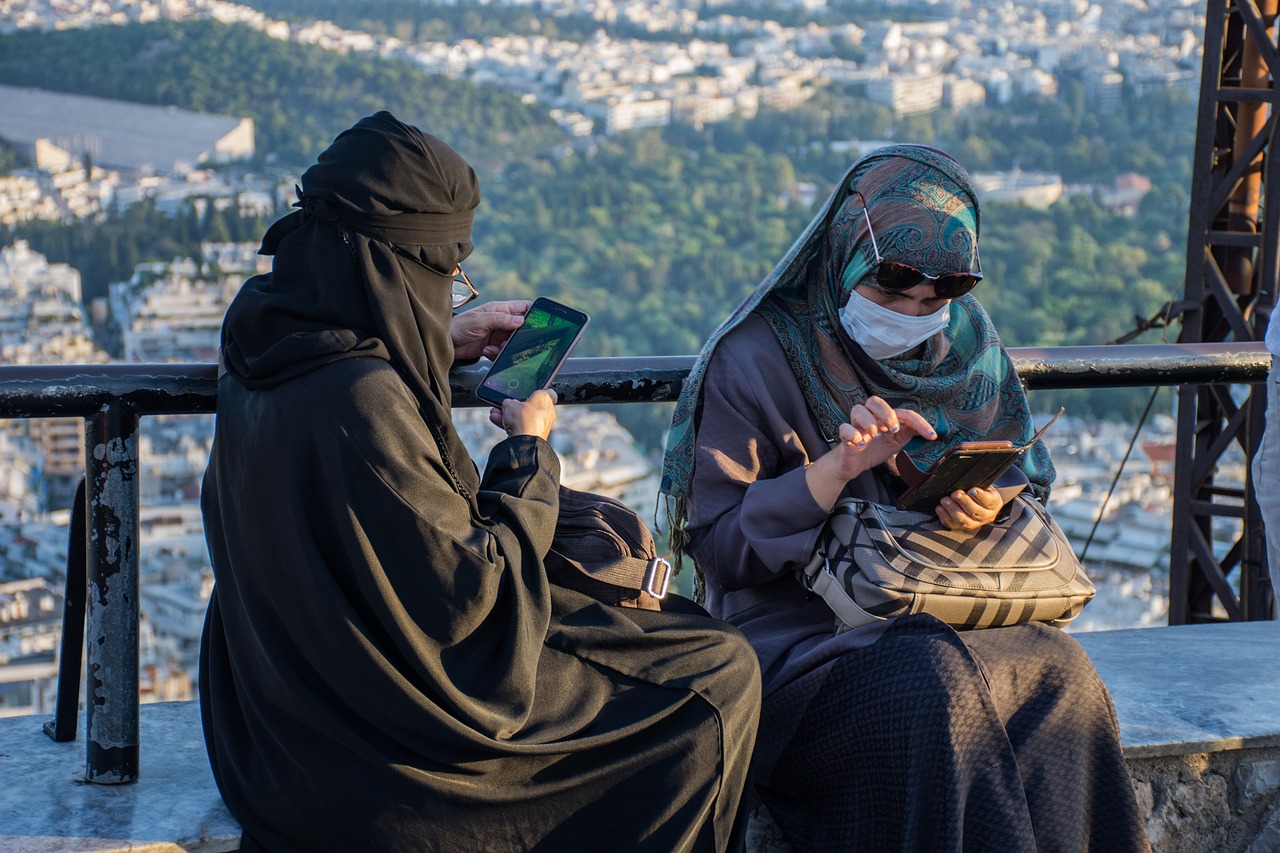Islam is the religion of modesty and places immense importance on its women. One of the major aspects of a woman’s modesty is her pardah (veil). As the world progresses, there are many types of veils that women cover themselves with. The most popular of these are the niqab and hijab. Keeping this in mind, this blog will explore the purpose of a hijab, niqab vs hijab, Allah’s command regarding pardah, and what Prophet PBUH has said about it.
Difference between Niqab and Hijab
A niqab is a veil covering your whole face except for the eyes. Niqabs are usually worn with an abaya (a loose garment that covers the entire body from the shoulders to the toes) and are one of the most popular types of veil in eastern countries.
A hijab is a long, rectangular piece of cloth that covers the head, shoulders, neck, and sometimes the chest but leaves the face uncovered. Many women wear hijab in eastern as well as western countries.
Veiling In the Quran
In the Quran, in Surah Al-Noor, Allah SWT commands the believing women to lower their gazes [i.e., to not look at forbidden things that go beyond the opposite gender], to protect their private parts from any unlawful acts, and to not show off their adornment [anything that beautifies you].
Expect only the apparent body parts (i.e., both eyes to see, or the outer palms, one eye), and dress in veils, gloves, a headcover, or an apron.
Allah SWT also tells the women to draw their veils all over their Juyubihinna, that is, their bodies, including their face, neck, and chest, and to not reveal their adornment except to their husbands, fathers, fathers-in-law, sons, brothers, brother’s sons, sisters sons, their husband’s sons, and their Muslim sister (every woman is a sister of another woman in Islam). [Al-Noor 24:31]
This ayah continues onward and lists the mehrams of a woman. One thing to remember is that other mehrams of women are not mentioned in this ayah. To get a deep understanding of the veiling of women, one should read Surah An-Nisa (The Women) with tafsir.
Veiling In the Hadith
Hazrat Ayesha RA said that the veiled women used to attend the prayer with the Prophet PBUH, and after finishing the prayer, they would return to their homes, and nobody could recognize them because of the darkness. [Sahih al-Bukhari 578]
Um Atiya narrated that they were ordered to bring out their veiled and menstruating women into the religious gatherings. These women were told to stay away from the Musalla.
A woman asked the Prophet Muhammad, ‘What should one do if she doesn’t have a veil?’ And the Prophet replied that ‘she should share the veil of her companion.’
Which Fabrics and Colors Are Permissible?
A veil can be of any fabric if it hides what is meant to be hidden. If the hijab is made of a fabric like linen or chiffon, then the veil is not valid.
As for colors, a general recommendation is to wear colors that are not too bright and don’t draw too much attention. Since the main purpose of the hijab is to protect a woman from unwanted gazes, wearing dull colors achieves that purpose. But if one has no dull colors, it is permissible to wear whatever is available.
A Reminder
One thing to always remember is that modesty starts from the inside; if your soul is shielded from the bad, the rest will automatically fall into place. This doesn’t mean that pardah shouldn’t be observed; everyone should try to veil their bodies and souls from the haram as much as possible.


Maa shaa Allah..
Jazakumllahu khayran sir.
My question is veil is very important to all women,but as am working as a house help can I still vein ?
Not true
Assalamualaikum please i have a question someone once told me that if a Muslim woman does not cover her hair while in the kitchen its haram and her husband should not eat the food that was prepared, i would like to know if this is true please.
Not true
Yes I don’t think that is true. Also thank you so helpful! 😄